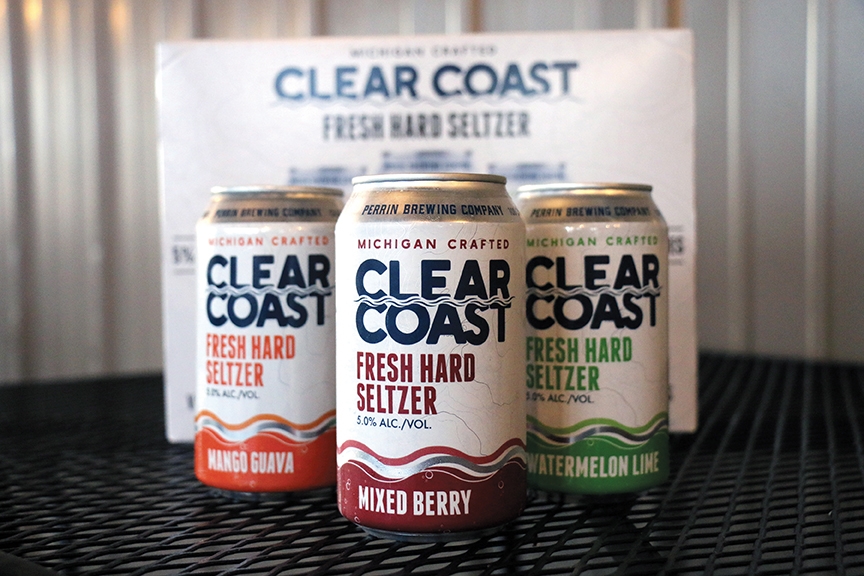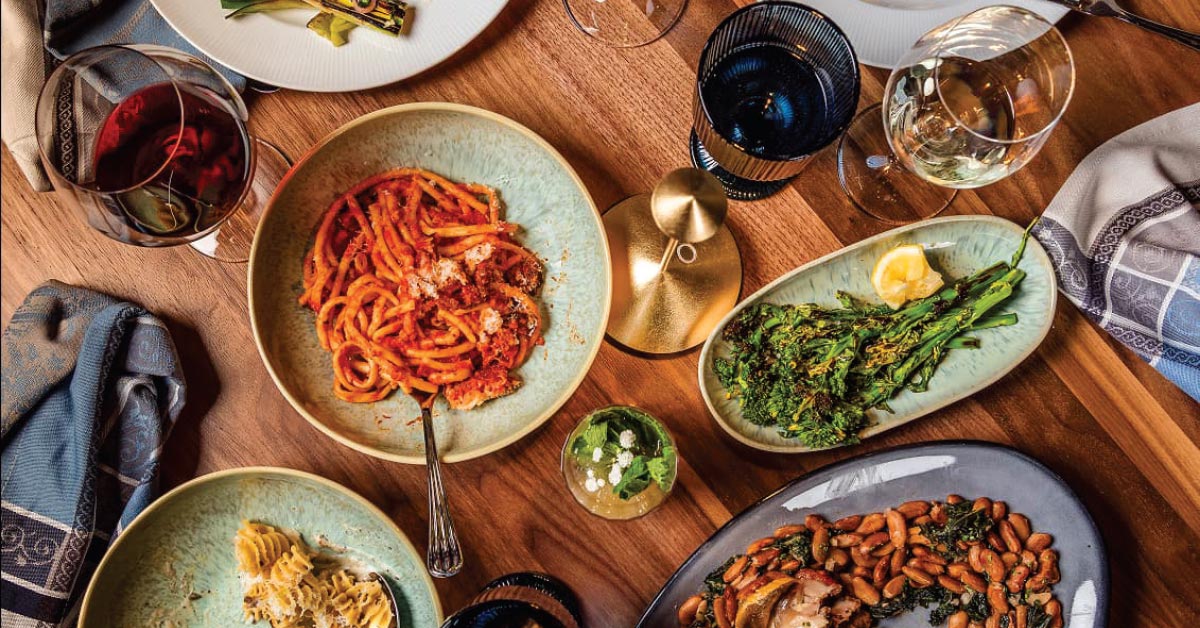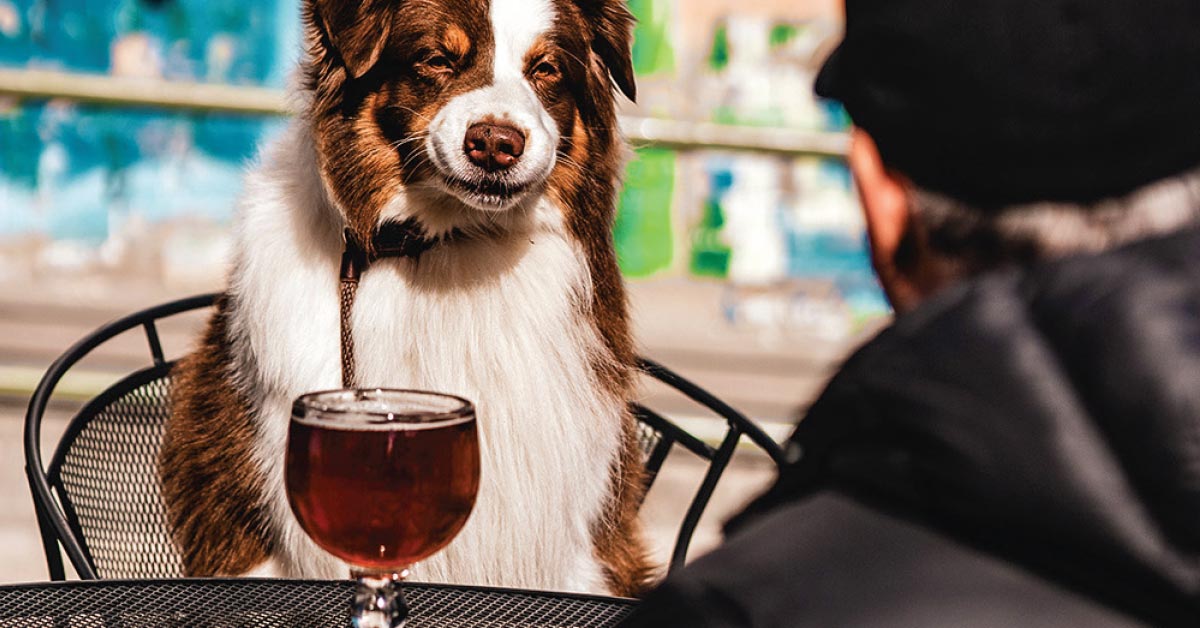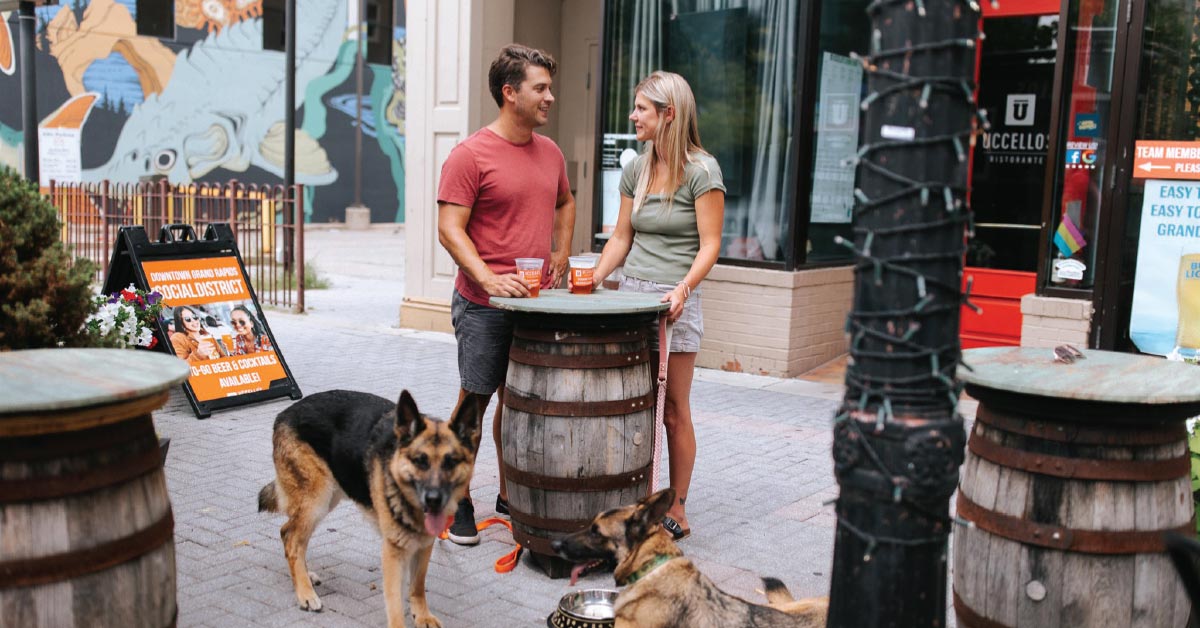To pour a glass of Perrin Brewing Co.’s Clear Coast is to perform a mind trick. Apart from the microscopic bubbles popping in and out of existence, the seltzer looks more like water than water. And yet it does water one better, with a secret ingredient: alcohol. This here’s LaCroix gone wild.
I’ve drank hard seltzers before, but this one captures a different sort of feeling, like breathing in a mango-flavored Lake Michigan. After a sip, I’m left imagining Derrick Zoolander whispering, “Clear Coast is the essence of wetness, and wetness is the essence of beauty.”
It’s no secret that hard seltzers are enjoying a moment, being crushable, low on calories and often gluten-free. Craft beer is just beginning to take note. TwoGuys Brewing in Wyoming has its in-house seltzer for the beer-averse, and Colorado legend Oskar Blues is preparing to roll out Wild Basin, its own line of boozy sparkling water.
There was a time when spots like HopCat wouldn’t touch a White Claw with a 10-foot brewing paddle — now they keep a couple flavors stocked behind the bar. The hard seltzer market has boomed into a $500 million industry, a number that can’t be ignored as it continues to grow. Clearly, the time is right for jumping in and Perrin made a good call to surf the first wave.
Revue sat down with John Stewart, director of brewing operations at Perrin, to learn more about the beverage that’s sure to shape the Michigan seltzer scene when it hits store shelves in February.
Hard seltzers are pretty new territory for the craft beer world. How did Perrin decide to make a move into the market?
We wanted there to be a local option. It’s hard to talk about Michigan without talking about the water. For something that’s so water focused, we wanted to pay homage to the Great Lakes, the world’s best freshwater source. Originally, this was just a secret project but when we put it on tap, the response was tremendous. Clear Coast went from an R&D project in November, to draft lines in December, to production lines now. This has moved faster than anything we’ve ever done here and that’s all driven by consumer demand.
How does Clear Coast separate itself from the rest of the pack?
There’s a lot of different ways you can go about making these products. Some are taking sugar, fermenting it and adding flavor to it. We felt that by using malt base, we’d get a healthier fermentation and more complex flavors. By using the sugar method, seltzer can be made really quickly, but our slower, more controlled method gives us a higher quality flavor profile. We knew that if we were going to put the Perrin stamp on this, we’d need to exceed expectations.
The Clear Coast variety pack bears some resemblance to other hard seltzer packs on the market. Was that intentional?
We tried to use different flavor combos while sticking to the template of a berry option (Mixed Berry), a citrus option (Watermelon Lime), and a fruit option (Mango Guava). We needed to make them fruit-forward without tasting artificial. The watermelon lime tastes like biting into a fresh watermelon rind. The mixed berry is sweet but also tannic. Each has a nice crisp and light body for balance. We wanted to avoid any heavy cloying flavors. The goal is to have them be refreshing.
Where do you see people drinking Clear Coast?
On the beach, backyard barbecues, the golf course. I think more interesting than where people will drink it is how they will. This is the first time I’ve made a product with so many different ways to consume it. Some are pouring it on ice, some straight into a glass, some with fruit added. Some bars we’re working with are mixing it with gin, vodka, even making mojitos out of them. I can imagine a ton of different cocktails that could come from these.
What has the response looked like from the beer geek community?
Seeing what I would normally consider the diehard craft drinkers also embrace the seltzer was unexpected but cool. The modern drinker is more promiscuous between cider, wine, spirits, and I think seltzer falls into that too. Maybe this is the market correcting itself, saying we don’t need five pounds of hops per barrel. You can have a nice, easy-drinking product and enjoy it for what it is.
Do you see the community transitioning toward a more health-conscious mindset too?
I think that’sz one of the reasons it’s been so successful. The public is counting calories, people are trying to hit their New Year’s resolutions. We’re producing some monster Russian imperial stouts, high-calorie, high-carb, and to be able to offer a calorie conscious option is new to me, but fantastic. Clear Coast is also gluten-removed so people with allergies who haven’t been able to enjoy our products before now have a chance to.
What would you say to those who see hard seltzer as a passing fad along the lines of a Not Your Father’s Root Beer?
The key difference with these is that they’re more health-focused, allowing more longevity to the trend. With all that sugar content in hard root beer, I don’t know how many you can or want to slam. I don’t see hard seltzer crashing the same way.
Can we expect new flavors in the future?
There’s so many fun things we could do with these. As a craft brewery, we immediately want to try to barrel-aged or sour it. Right now we’re just having fun in a category that we weren’t allowed to explore a couple years ago. I love the fact that there are always new fields to play in.





